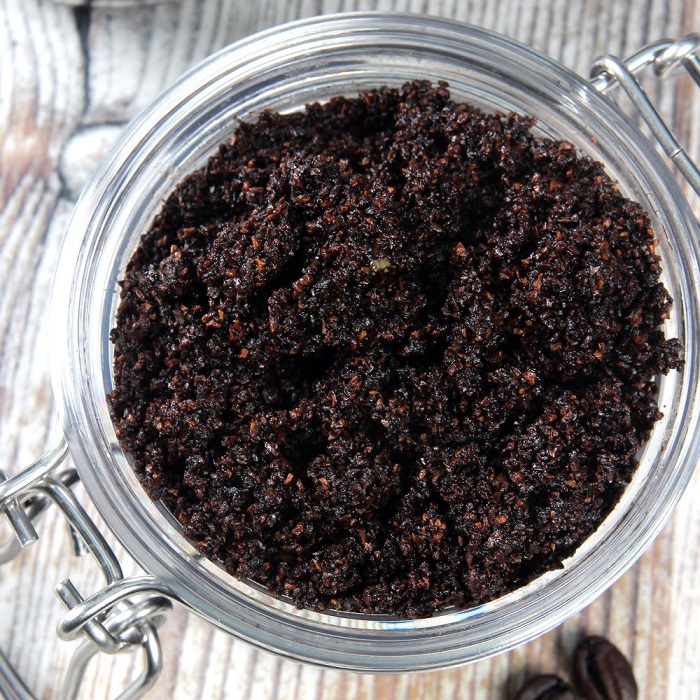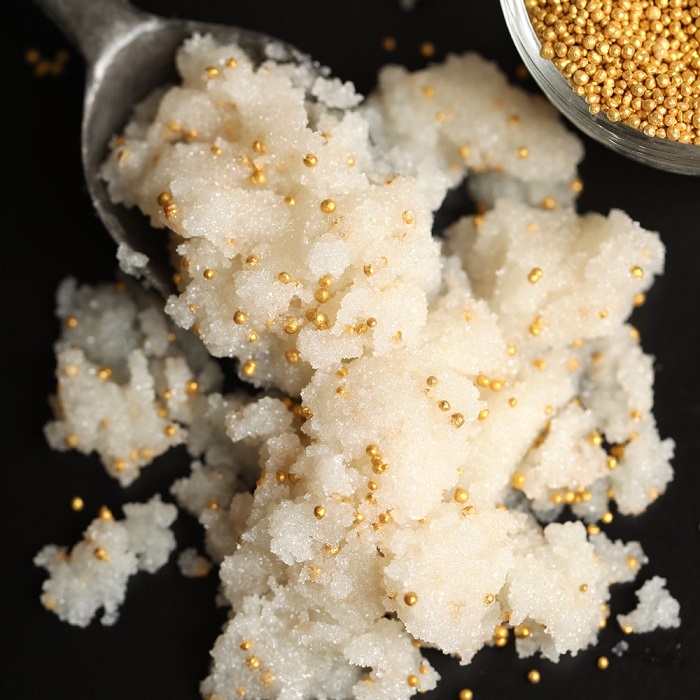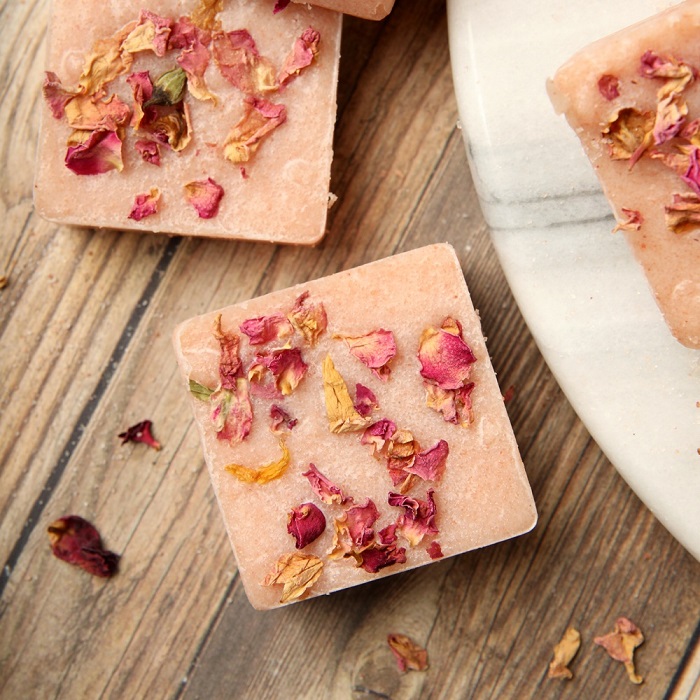Exfoliating scrubs and soaps have been around for decades now, in every shade and type imaginable. Sometimes they’re in bars, with sand, powdered walnut shells, or salt mixed in. Sometimes it’s a pot of salt or sugar moistened with nourishing oils. But do you really need to exfoliate?
What is exfoliation?
Your skin cells migrate from under your skin to the outside of your skin, rising through the layers and changing as they go to serve specific purposes. Typically, this cycle lasts around 28 days, though it may slow down as we age.
Once the skin cells reach the outermost layer of skin, called the stratum corneum, they’re coated in keratin, and they’re much tougher than skin cells in lower layers. They’re called keratinocytes, and their job is to protect deeper layers of skin from exposure to the elements.
Your keratinocytes do eventually shed; otherwise our skin would just get thicker and thicker.
There are situations in which your keratinocytes may not shed as they should. When skin is very dry or very oily, has environmental damage, or when skin is aging, dead skin cells can build up, leaving skin feeling dry and even flaky. Making sure that your dead skin cells are shedding properly is important for healthy skin, because the thicker the barrier of dead skin cells, the harder it is for moisture and skin treatments to penetrate into your skin.
In cases like that, your skin may benefit from a little help removing those dead cells.

Benefits of exfoliation
Exfoliation helps remove the outermost layer of dead skin cells. Excess dead skin cells can leave your complexion looking dull, they can make your dry skin harder to moisturize, and prevent skin treatments from penetrating as well, making them less effective.
Exfoliating can also help remove dead skin from creases and lines, which may make them less noticeable.
Exfoliating also has the simple benefit of any scrubbing and massaging. It stimulates the skin, which can increase blood flow and make your skin look healthy.
So if you want to start exfoliating, what do you need to know?
Types of exfoliants
Chemical exfoliants
Chemical exfoliants are typically acids, and they’re used to loosen the bonds holding dead skin cells to the surface of your skin. Most chemical exfoliating products use one of the following acids:
- Alpha Hydroxy Acids: These acids are water soluble, and include things like glycolic acid, lactic acid, citric acid, and malic acid.
- Beta Hydroxy Acids: These acids are oil soluble, so they can sink into the pores on your skin. They include salicylic acid and tropic acid.
- Polyhydroxy Acids: polyhydroxy acids work similarly to alpha hydroxy acids, but they have a bigger molecule size and may not penetrate the skin as deeply. They’re seen as less irritating. Polyhydroxy acids include gluconolactone and lactobionic acid.
You are likely to find these acids in a concentration of 5%-10% in commercially available skincare products. For stronger treatments, see a dermatologist.
Physical exfoliants
Physical exfoliants use small, hard particles to scrub your skin. They may also contain moisturizing and emollient ingredients to help soothe and protect the newly exfoliated skin.
When using physical exfoliants, remember that your facial skin is more delicate than the skin on the rest of your body, so you’ll want to use gentle exfoliators. Sugar, poppy seeds, fine powders or rounded particles. For your body, you may want to use more powerful exfoliators, like salt and walnut shells.

How and when to exfoliate
How often you exfoliate depends on your skin. If you tend to collect excess skin cells, whether due to age, lifestyle, or skin type, you may want to exfoliate more often. But less is more. Exfoliating too often can compromise your natural lipid barrier, leading your skin to become dry and more sensitive. A good guide is to exfoliate once a week with a physical exfoliant, like a scrub or brush. For a chemical exfoliant, follow the instructions on the package.
To exfoliate with a scrub or other physical exfoliant, do so when your skin is warm and wet from the shower or bath. That will help cushion your skin from the scrubbing. Apply some scrub, and rub gently in short, circular motions. Rinse off the scrub. Follow up with a body butter, lotion, or skin oil of your choice to help protect that newly exposed skin.
Chemical exfoliators are usually leave-on products. Apply them to your skin just after you’ve washed it. Depending on the product, you can apply it with your fingertips, a wash cloth, or a cotton pad. Rub the product into your skin in gentle circular motions. Follow up with your preferred facial moisturizer.
When not to exfoliate
There are a few reasons you might not want to use an exfoliating product.
- If you’ve been over exfoliating: If you’ve been scrubbing a little too much, you’ll want to give your skin a break. You can tell by feelings of tightness or heightened sensitivity, or if your skin looks shiny.
- When you have wounds: Any open wounds, scrapes, or cuts will be irritated by scrubbing. Imagine rubbing a salt scrub on a cut. It can also open up those wounds to infection.
- When you have a sunburn: Sunburned skin is already damaged, so it’s extra delicate. Avoid exfoliating until your burn has healed. Sometimes sunburns shed those damaged skin cells by peeling anyway.

Making your own DIY exfoliating scrubs or bars
Making your own exfoliating scrub is only as difficult as you make it. Exfoliating scrubs can be as easy as some salt or sugar moistened with oil. They can get more complicated, too.
Our Golden Sugar Scrub Project is super easy. You use Gold Bursting Beads and sugar as your exfoliant, and avocado and champagne extract to make this scrub kind to your skin. Polysorbate 80 helps the excess oil from the scrub rinse off easily.
Our Coffee Body Scrub Project uses fresh ground coffee as the exfoliating ingredient, and includes sweet almond oil for your skin and a little potassium cocoate, a surfactant that helps wash your skin.
For something that’s a little easier to handle in the shower, you can make scrub bars. Our Pink Salt Scrub Bars Project uses rich butters to hold the fine sea salt together in a bar form. Just grab one and scrub, the butters will melt on contact with your skin and cushion it from the abrasive salt.
You may have noticed a theme here. All of these scrub projects contain an emulsifier or surfactant, one or more oils or butters, and an exfoliating agent. From there, you can get creative. Adding micas or clays or plant powders for color, extracts to make your scrub extra luxurious, or essential oils and fragrance oils for scent, that’s all optional. But as long as you’re making your very own homemade scrub, why not make it fun?
So, do you need to exfoliate? The answer for most people is no. But anyone's skin can benefit from the right exfoliating routine. The best way to find that routine is to experiment.
Now you know all the basics about exfoliating and making your own exfoliating scrubs, plus you have a few of our own tested and trusted recipes to start with. What are you waiting for? Get creative and then get scrubbing.

